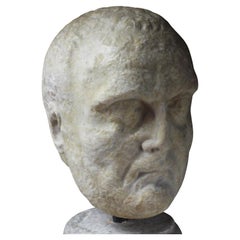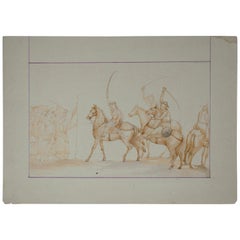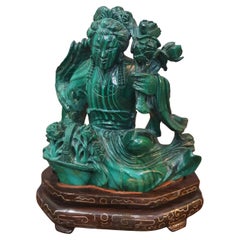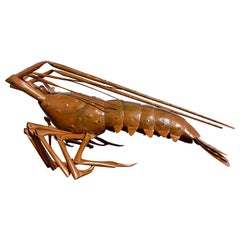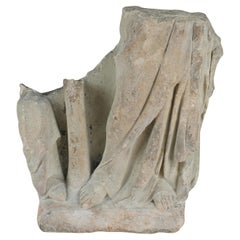Spain - Asian Art and Furniture
18th Century Chinese Chinese Export Antique Spain - Asian Art and Furniture
Porcelain
15th Century and Earlier European Classical Roman Antique Spain - Asian Art and Furniture
Marble
Late 20th Century Chinese Spain - Asian Art and Furniture
Ceramic
21st Century and Contemporary Spanish Modern Spain - Asian Art and Furniture
Brass
Late 20th Century Indian Spain - Asian Art and Furniture
Paper
Late 20th Century Indian Spain - Asian Art and Furniture
Paper
2010s Mexican Spain - Asian Art and Furniture
Iron
Mid-20th Century Indian Spain - Asian Art and Furniture
Paper
Early 20th Century Chinese Spain - Asian Art and Furniture
Malachite
1950s Japanese Showa Vintage Spain - Asian Art and Furniture
Copper
Early 1900s Indian Antique Spain - Asian Art and Furniture
Bronze
Mid-19th Century British Romantic Antique Spain - Asian Art and Furniture
Paper, Glass, Giltwood
1990s Thai Other Spain - Asian Art and Furniture
Sandstone
Mid-20th Century Chinese Spain - Asian Art and Furniture
Cork
19th Century Belgian Antique Spain - Asian Art and Furniture
Paper
15th Century and Earlier Asian Antique Spain - Asian Art and Furniture
Sandstone
Mid-20th Century Chinese Chinese Export Spain - Asian Art and Furniture
Ceramic
Early 20th Century Asian Spain - Asian Art and Furniture
Sandstone
20th Century Chinese Spain - Asian Art and Furniture
Stone
Early 20th Century Italian Art Deco Spain - Asian Art and Furniture
Terracotta
15th Century and Earlier Italian Classical Roman Antique Spain - Asian Art and Furniture
Limestone
15th Century and Earlier Italian Classical Roman Antique Spain - Asian Art and Furniture
Marble
15th Century and Earlier Italian Classical Roman Antique Spain - Asian Art and Furniture
Marble
15th Century and Earlier Pakistani Prehistoric Antique Spain - Asian Art and Furniture
Pottery
15th Century and Earlier Italian Classical Roman Antique Spain - Asian Art and Furniture
Glass
15th Century and Earlier Egyptian Egyptian Antique Spain - Asian Art and Furniture
Stone
15th Century and Earlier European Classical Roman Antique Spain - Asian Art and Furniture
Marble
15th Century and Earlier European Classical Roman Antique Spain - Asian Art and Furniture
Marble
15th Century and Earlier European Classical Roman Antique Spain - Asian Art and Furniture
Marble
15th Century and Earlier European Classical Greek Antique Spain - Asian Art and Furniture
Marble
15th Century and Earlier European Classical Roman Antique Spain - Asian Art and Furniture
Marble
15th Century and Earlier European Classical Roman Antique Spain - Asian Art and Furniture
Marble
Read More
Chicago’s Pagoda Red Has a Spirited Mix of Asian Antiques and Bold New Art
For 25 years, gallerist Betsy Nathan has leveraged her keen eye and key connections to bring a unique selection of rare finds to the market.
In L.A., Gallerist JF Chen Has Long Championed Eclectic Blue-Chip Design
Now working alongside his daughter Bianca, dealer Joel Chen has presented a most covetable array of antiques, art and contemporary creations for more than 40 years.
12 Calming Spaces Inspired by Japanese Design
From cherry-blossom-adorned walls paired with glamorous lighting to wood-paneled ceilings above checkerboard-patterned chairs, these 12 spaces seamlessly blend Eastern and Western aesthetics.
Rodrigo Rivero Lake’s Mexico City Showroom Is a Museum-Worthy Trove of Spanish Colonial and Asian Antiques
The dealer and curator has spent the past 50 years amassing a collection of exceptional art, furniture and architectural elements that trace the cultural influence of the Spanish empire from Europe to the Americas and beyond.
16 Refined Asian-Inspired Interiors
These spaces exemplify how Eastern elements elevate a home's decor.

